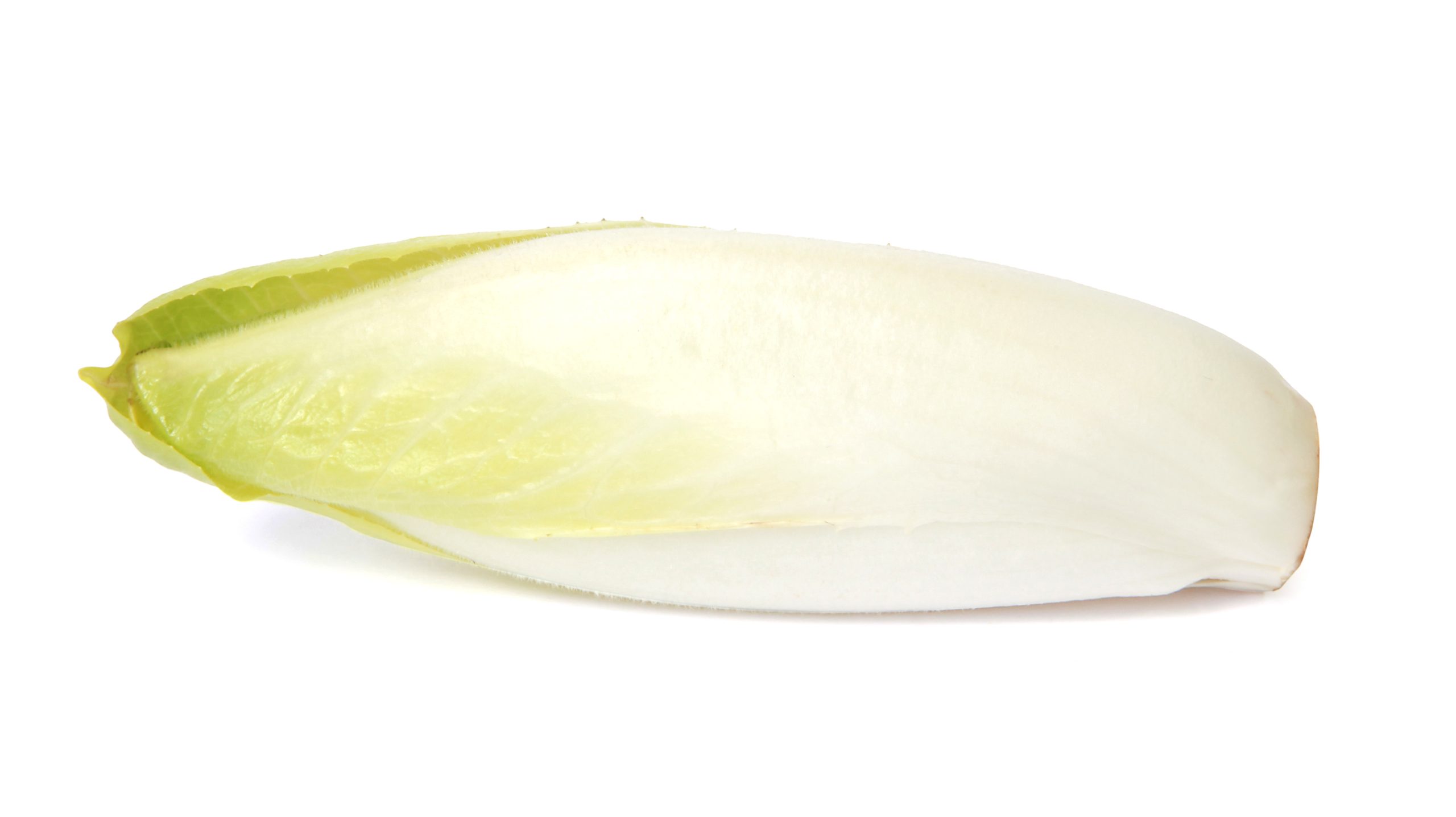Seasons/Availability
Belgian endive is available year-round.
Selection/Storage
When selecting Belgian endive, look for fresh-looking heads that are creamy white in color with no signs of wilting or browning. Avoid those with yellow leaves as they may be too mature and have a stronger flavor. To store, wrap the heads tightly in plastic wrap and place in a refrigerator where they will keep fresh for up to a week.
Preparation/Serving
Belgian endive can be served raw or cooked. To prepare, first remove any damaged leaves. Cut off the root end and rinse the heads under cold water to remove dirt and debris. When serving raw, thinly slice the endives lengthwise into thin strips or shave them using a vegetable peeler. If cooking, sauté or braise the cut endives in butter, oil, or stock until softened. Belgian endive is often served as part of a salad or appetizer plate, but can also be included in soups and stews for additional flavor. Additionally, its bitter notes make it a great addition to dishes featuring sweet flavors such as fruit-based salads and desserts. Belgian endive pairs well with ham, cheese, fruits, nuts, and vinegar-based dressings.
Nutrition/Benefits
Belgian endive is an excellent source of dietary fiber as well as vitamins A and K. It also provides a good amount of folate and manganese. Additionally, its bitter flavor may help to stimulate appetite and improves digestion. By including Belgian endive in the diet, it is possible to get a wide range of nutrients that can help maintain overall health.


